Argyll and Bute's gardens a spring showcase for flower power
This article contains affiliate links. We may earn a small commission on items purchased through this article, but that does not affect our editorial judgement.
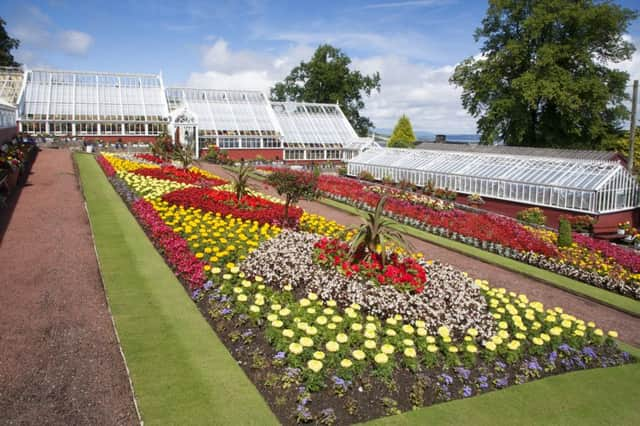

‘THE remarkable thing about Glenarn,” says Sue Thornley, of the ten-acre hillside garden overlooking Gare Loch she shares with her husband Mike, “is that when you enter it, you step from a suburban street into a Himalayan glen.”
Park your car outside the gate and follow the path that leads up the southwest-facing glen and you will find this is true. The glen is packed with exciting varieties from rare and endangered rhododendron to creamy Asiatic magnolias of heart-melting beauty, underplanted with drifts of daffodils followed by bluebells.
Advertisement
Hide AdAdvertisement
Hide AdSpring is on its way and with it comes the second Festival of Rhododendrons in Argyll and Bute. Events include informative walks with garden owners or head gardeners, specialist talks, propagation sessions and exhibitions of crafts and photographs. Teas will be served on special open days.
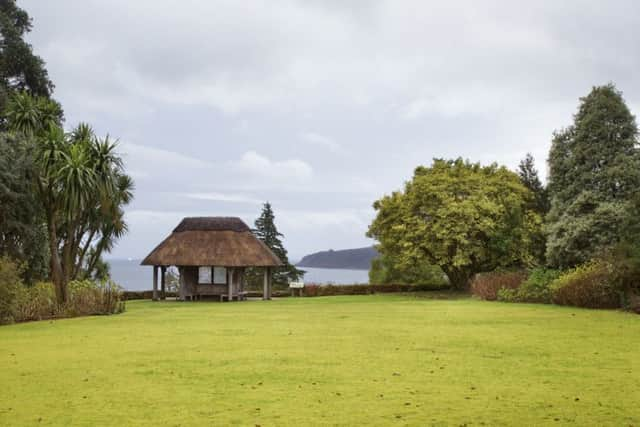

Glenarn is one of the gardens taking part in the celebration. Says Sue: “It was initially laid out in the Victorian era around the house with a series of paths, a miniature wooded glen with a burn, a vegetable patch which was once the paddock for the horse, lawns and an orchard, now planted with magnolias.”
The original planting was developed by the Gibson family who bought Glenarn in 1927. When a storm swept down the west coast that year ripping up 60 trees in the garden, after clearance, the family began planting species rhododendron.
Mike and Sue were first brought here 33 years ago by an acquaintance who hoped they might be interested in rescuing the garden. “It had been on the market for two years and was fast becoming overgrown. We immediately fell in love with it; it was enchanting on a mild early spring day with daffodils and several rhododendrons already in flower – but it was a jungle.”
Six weeks later the property was theirs and work began. “We spent the next 18 months travelling to Glenarn and working at weekends, depositing our small children in the greenhouse. The house was miserable; even the mice had died.”
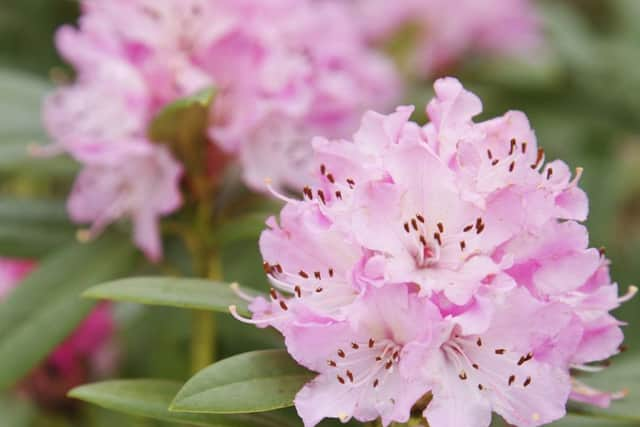

Just a short distance south is Geilston Garden, the NTS garden, where in spring the woodland walk along the side of the Geilston Burn is a highlight. Rhododendrons and fragrant azaleas line the burn and the woodlands are romantically carpeted with wood anemone, daffodils and bluebells, and Siberian iris are in flower.
New head gardener Alison Farrell is busy with the extensive, well maintained vegetable garden where produce is on sale during the summer months. “In spring, the walled garden is transformed with a profusion of colour from rhododendrons, azaleas, trilliums and pulmonaria to name just a few delights in this sheltered area dating from 1797,” she says.
Wildlife is encouraged and new this year is a mini annual flowering meadow maze. This along with other summer plantings will be a haven for butterflies and bees.
Advertisement
Hide AdAdvertisement
Hide AdFor sheer drama, a visit to Ardkinglas, the Noble family woodland garden at the head of Loch Fyne, is hard to beat. From the moment you enter the garden you are drawn into a cathedral-like structure formed by a soaring canopy of magnificent conifers. The jewel-like colours of well established rhododendrons shine like stained glass windows lit by rays of sunlight that filter through the trees and shine through the many vistas. The rhododendron species – many of which, like other plants, are well labelled – are spaced so as to display their elegant and individual structure, often set in a pool of scattered pink, red or white petals.
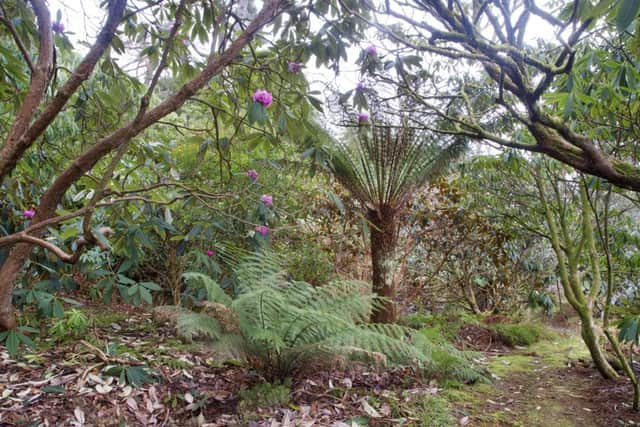

Judging by the comments in the visitors book, the newly installed Gruffalo Trail is a hit with children who are encouraged to find the Mouse and Gruffalo figures in galvanised steel hidden in the garden. Produced by Ratho Byres Forge, the contemporary figures blend unobtrusively with the metalwork gates and benches designed for Ardkinglas by the same team. The garden is also the perfect habitat for red squirrels, but you will need to tread quietly to have a chance of seeing them.
Should you miss spring in Argyll then a summer treat is in store on the Isle of Bute. Here, a short distance from better known Mount Stuart, is Ardencraig, the Argyll and Bute Council-run garden, home to a dazzling display of bedding plants. In the walled garden, originally designed by the renowned mid-20th century landscape gardener, Percy Cane, beds of red and yellow, pink and blue clash and dance in a blast of summer colour. The policy of trialling new varieties annually makes it impossible to predict the outcome, but it is certain to impress.
If a calmer, Victorian scheme is more to your liking it is well worth visiting Ascog Hall Fernery on your way to or from the ferry. This unique and intriguing sunken fernery was in ruins when purchased by Wallace and Katharine Fyfe in the mid 1980s. They worked hard to rescue and revitalise the collection of 80 sub-tropical fern species, many of which are widely recognised among experts as being the best of their kind. The future of the fernery was recently assured under the new ownership of Karin Burke and the surrounding gardens are a spring highlight.
Sue points out that established Argyll favourites like Inveraray Castle and Benmore combine well on a garden itinerary with smaller, private gardens that offer an insight into the lives and work of individual gardeners. “All our gardens are different,” she says, “but all offer a taste of spring, with cherry trees in blossom, daffodils, erythroniums and bluebells, scented Daphnes as well as striking magnolias and a host of rhododendrons from huge blooms to the tiny dwarfs.”
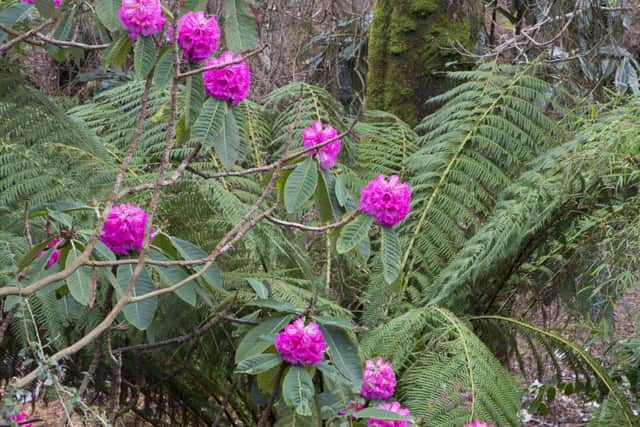

She hopes the festival will become a spring fixture as the Snowdrop Festival has become a winter one. “We are starting small and growing each year,” she says.
• Gardens of Argyll – Second Annual Rhododendron Festival, 1 April-31 May, www.gardens-of-argyll.co.uk Glenarn, [email protected]; Geilston Garden, www.nts.org.uk; Ardkinglas Woodland Garden, www.ardkinglas.com; Ascog Hall Fernery, www.ascoghallfernery.co.uk